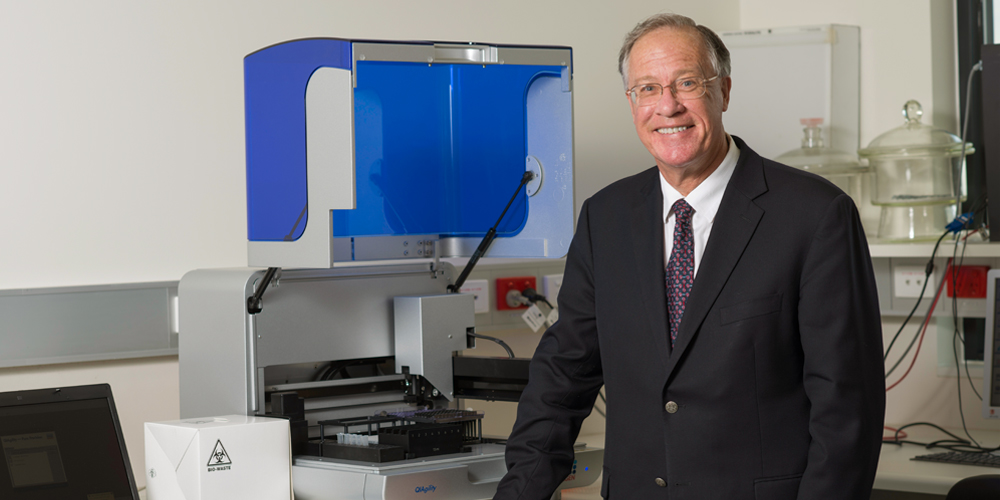
In a world first discovery, Australian researchers from Monash University, the Royal Women’s Hospital, the University of Melbourne and the Hunter Medical Research Institute in Newcastle have identified an electrical switch in the muscle of the uterus that fails to engage in overweight pregnant women resulting in long labours that put the mother and baby at risk.
Published today in Nature Communications, this research represents a major advance in our understanding of how labour progresses, with implications for all women who have complicated labours, according to lead researcher Professor Helena Parkington at Monash University’s School of Biomedical Sciences.
After studying uterine muscle biopsies from 70 pregnant women from the Women's, the researchers have found a uterine muscle ion channel that conducts electricity that controls contractions of the uterus. This channel does not function properly in overweight mothers, resulting in higher rates of Caesarean delivery in these women.
Pregnant women who are overweight often continue pregnant past their expected due date or progress slowly when they come into labour. Recent findings show that 52% of Australian women are overweight, including 35% of women aged 25-35 years of age. As a result of the increase in body mass in these reproductive years, the proportion of overweight women in pregnancy is also rising. Increased complications of labour and delivery are linked to both overweight before pregnancy and excessive weight gain during pregnancy. Pregnant women with increased body mass have higher rates of medical interventions around labour and birth, including higher rates of induction for prolonged pregnancy and higher rates of Caesarean section as a result of failure to progress in labour.
Professor Parkington, from the Monash University School of Biomedical Sciences, studied the electrical signals controlling uterine muscle contractions and found that the electricity suppressed contractions during pregnancy and then became switched OFF once labour commenced. Working with Professor Shaun Brennecke of the Women's and the University of Melbourne, Dr Penny Sheehan from the Royal Women’s Hospital and Professor Roger Smith from the Hunter Medical Research Institute, Professor Parkington tested the electrical signals in small amounts of uterine tissue taken from women who:
- had an elective caesarean before labour started
- needed an emergency caesarean during their labour
What she found was that during pregnancy uterine muscle contraction is prevented by electricity flow and this electricity needs to be switched OFF to allow labour contractions to occur effectively. The switch stays turned ON in overweight women. “The reason is stays ON is that the “molecular hand” that should turn the switch OFF fails to appear in sufficient quantities in the uterine muscle of overweight women when labour should be occurring”, she says. “These women also respond poorly to our current methods of induction”.
This is the first time that the switch and the “molecular hand” controlling it have been identified in uterine muscle. The clinical significance of this discovery is that, having identified the problem responsible for malfunctioning labour in overweight women, we can now look to developing a safe, effective and specific treatment to correct the problem, for example, a drug that would turn OFF the switch that would allow labour to start and progress.